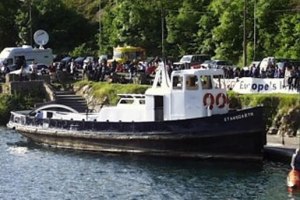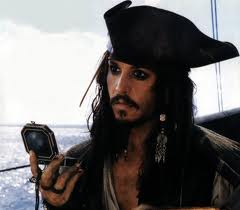Group One travels to Stoney Cove, Leciester

SCUBA Equipment stacked to the roof of the car, Nekton’s Expeditions Officer / Unofficial Wreck Wrangler Guy, club Training Officer Jackie ( The Boss ); Nekton’s Official Diving Officer Greg, Sports Diver trainees Richard, and Myself set off from London at dawn, on our journey to Stoney Cove in Leciester.
Over the three days trip, Group One had six SCUBA dives planned, and intended to cover the following techniques essential for the BSAC Sports Diver qualification – these techniques were:
- Lifting unconscious SCUBA divers to the surface
- Lifting SCUBA divers who have run out of air to the surface
- Towing SCUBA unconscious divers to the shore.
- Sending treasure to the surface with lifting bags
- Developing Compass navigation skills
- Sending up Delayed Surface Market Buoys
- Testing Nitrox air consistency
My Most Memorable Dive
Buddies: Trainee Elliott & Instructor Greg

Greg and I began our first dive by gently fining along the surface to Stanegarth shipwreck buoy. Upon arrival, Greg and I took a compass bearing in the direction of the sunken Wessex helicopter.
After we [ Greg ] caught his breath… we descended twenty meters down the Stanegarth shot, hitting the Stanegarth roof at just over 18meters, with water temperature at 9°C which according to the veterans wasn’t too cold for this time of year.

My Buddy and I circled the perimeter of the wreck, and then moved on to navigate underwater from the shipwrecked Stanegarth to the sunken Wessex Helicopter using the compass bearing we took on the surface.
Note-to-self: Do not to take compass readings when surrounded by large metal-magnetic objects. It leads to your compass behaving a little like Captain Jacks – without finding what you want most!
After a “little” navigation assistance from Greg we finally arrived at the Wessex Helicopter.

The dive was brought an end by sending up a delayed-Surface-Marker-Buoy, followed by a controlled accent to five meters where we simulated two decompression-stops.The first decompression stop was for three minutes at five meters and the second was for one minute and three meters – The latter of which, I floated to the surface by my dry-suits inflated ankles.
